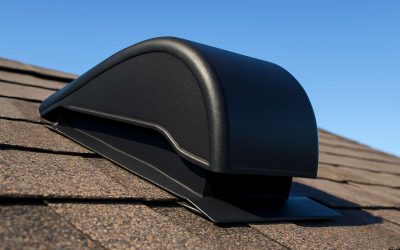
Ventilation equipment is used to control air flow within confined spaces like homes, office buildings, hospitals and ships. It can include fans and ducts that actively pull fresh air in and push stale air out, or passive systems such as windows and doors that simply open and close to let the outside air in and out. Ventilation systems are also found in other vehicles, such as cars and airplanes, and even on ships where ventilation passageways provide fresh air for passengers and crew members. Different ventilation types include exhaust, supply, balanced and energy recovery systems.
Ventilator equipment must be designed and installed to meet local, state and federal environmental regulations as well as industry requirements. For example, in hospitals and other health care facilities, ventilation systems must be designed to remove noxious fumes from a space. The ventilation system must also be capable of filtering out particulates from the air and providing a steady supply of clean air to patients.
The ventilation system must also be designed to comply with ASHRAE (American Society of Heating, Refrigerating and Air-Conditioning Engineers) standards for acceptable indoor air quality. Ventilation rates vary depending on the space, but most spaces require a minimum of 15 cubic feet per minute (cfm) of fresh outdoor air for every person in the room.
A mechanical ventilation system is typically the best choice for most spaces, since it can be tightly regulated and does not depend on atmospheric conditions to work. In addition to regulating airflow, mechanical systems can often be configured to regulate other environmental factors such as temperature and humidity.
Exhaust ventilation is best for removing odors and moisture from a space. However, it cannot control airborne pollutants, such as metal fumes and dusts, nor can it manage surges of flammable gases or vapours. In some situations, the depressurization that occurs when exhaust ventilators are on can draw moist outdoor air into building wall cavities, where it can condense and cause water damage.
In other cases, security and safety criteria may dictate that windows and vents remain closed and a ventilation rate much lower than normal is required. For these situations, exhaust ventilation systems can be used to increase ventilation rates if they are properly planned, designed and tested.
The ventilation system should be designed to operate in accordance with ASHRAE (American Society of HVAC Engineering) Standard 62.1. It should include an outdoor air intake, filters to reduce contaminant levels and a fan that can operate at a minimum of 30 cfm/person.
To prevent corrosion, the air intake and filter should be constructed of non-corrosive materials and be designed for proper sizing to reduce static pressure drop. The filter should be designed with a large surface area to minimize the frequency of maintenance and reduce the cost of fan energy to drive the system. All points where air could bypass the filters should be sealed with gaskets and sealants to prevent leakage. Corrosion resistant dampers and links should be specified to withstand weather and moisture-induced corrosion for the life of the system.



0 Comments